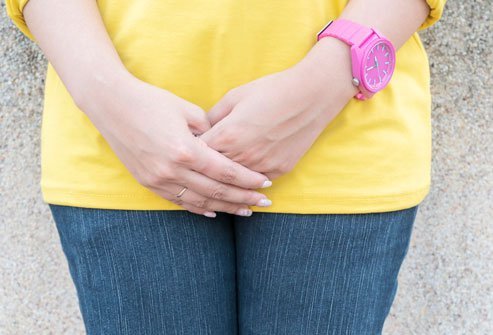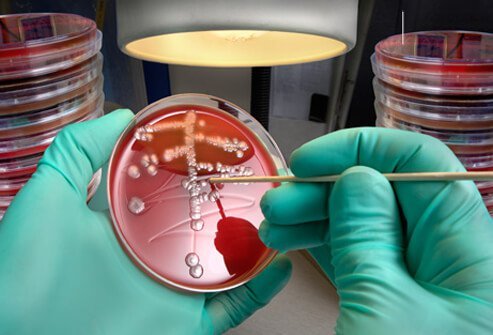What are STDs?

Even men can get yeast infections from women.
STDs, also termed sexually transmitted diseases, are infections that are mainly transmitted to others during direct sexual contact (genital, anal, and/or oral); a few types may be contracted by nonsexual means like needle sticks (for example hepatitis B and AIDS).
What is a yeast infection?
A yeast infection is the invasion and multiplication of a fungus (yeast) in or on the body. Yeast infections are not usually transmitted from person to person and are not considered to be STDs. There are three types of yeast infections: Vaginal candidiasis, Thrush (oral and esophagus), and Invasive. This article will emphasize the vaginal (genital) type vs STDs.
What yeast infections feel like STDs?
In women, a vaginal yeast infection may mimic STDs while in men, a yeast infection of the urethra and/or foreskin may feel like an STD.
15 Signs and Symptoms of STDs in Women
Common STDs (Sexually Transmitted Diseases) and Symptoms in Women
Gonorrhea symptoms and signs include;
- burning during urination,
- frequent urination,
- a yellowish vaginal discharge,
- redness and swelling of the genitals, and
- vaginal itching or burning.
Chlamydia symptoms and signs include;
- abdominal pain
- urethra infection,
- urinary tract infections (UTIs), and
- pelvic inflammatory disease (PID).
Syphilis symptoms and signs include;
- ulcers or chancres
- rash
- hair loss,
- sore throat,
- fever, headaches,
- white patches in the nose, mouth, or vagina.
How do you get a yeast infection or an STD?
- Most yeast infections occur when yeast, (Candida albicans, mainly) that are normally present in the body, develop conditions that allow the yeast to proliferate and produce symptoms.
- STDs are mainly transmitted person to person through sexual contact and occasionally by contaminated items like needles.
What tests diagnose yeast infections and STDs?
Tests to diagnose yeast infections include microscopic visualization of the yeast and/or culture of the fungi. However, blood tests or culture swabs for STDs are often done to prove or diagnose if an individual has an STD.

SLIDESHOW
Bacterial Infections 101: Types, Symptoms, and Treatments See Slideshow
What is the treatment for yeast infections and STDs?
- The treatment for yeast infections is usually over-the-counter (OTC) creams, ointments, or suppositories containing antifungal medication like miconazole or fluconazole in women and mainly creams for men.
- Treatment for STDs varies depending on the cause of the STD (for example antivirals for some and antibiotics for other STDs).
Can condoms protect against yeast infections and STDs?
Because most yeast infections are not transmitted from person to person, there is little evidence that a condom can protect against yeast infections. However, condoms have a good chance to prevent some STDs (estimated to be about 85-98% effective).
How long does it take for yeast infections and STDs to heal and cure?
- Mild yeast infections may clear in about 3 days.
- More severe infections may take 1-2 weeks.
- Almost all yeast infections can be cured. In contrast, STDs’ time of infection and cure potential vary widely; some, depending on the cause, may last a lifetime and never be cured.
Are there home kits to test for a yeast infection or STD?
There are home kits to test for yeast infection (for example, Monistat Vaginal Health Test). Also, there are separate STD test kits for men and women that claim to be able to detect seven common STDs (for example EverlyWell STD for men).
Are there free or pay for clinics to get tested for yeast infections and STDs?
- Free clinics in your area that can test or diagnose yeast vs STD infections may be located by contacting your local Community Health Center or simply by going to the internet and searching for free clinics in your area.
- Almost all pay clinics and urgent care centers can test you for yeast infections and STDs.
Latest Sexual Health News
Daily Health News
Trending on MedicineNet
Medically Reviewed on 7/29/2022
References
Hidalgo, J, et al. Candidiasis. Medscape. Apr 8, 2019.
<https://emedicine.medscape.com/article/213853-overview#a5>